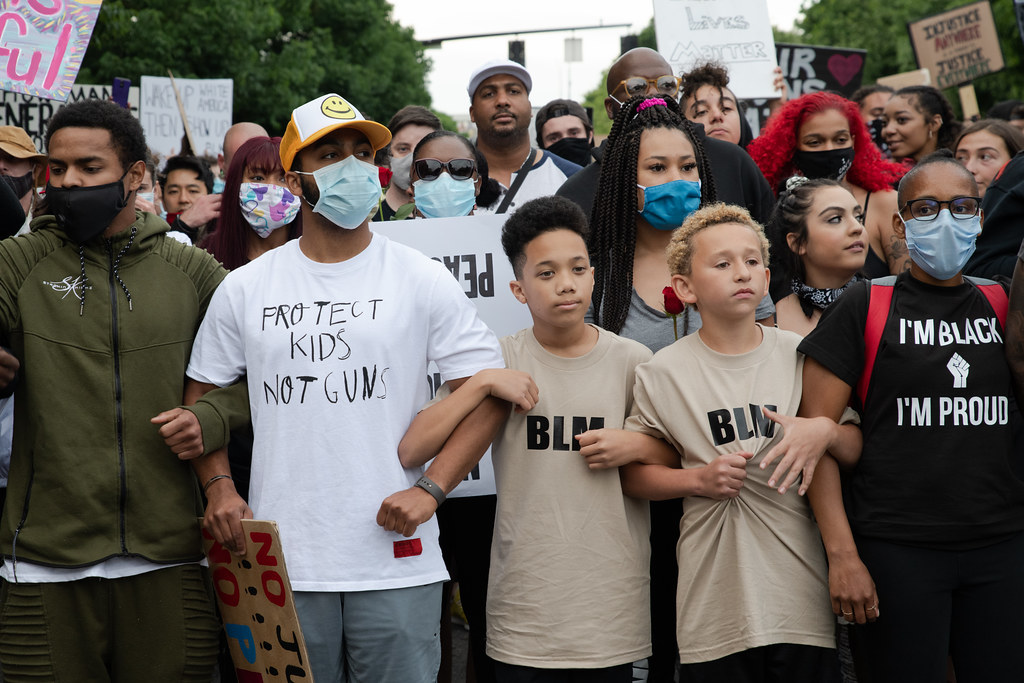The victory of THIS YEAR’S Juneteenth
Happy Juneteenth. As you probably know by now, June 19th is a Black American holiday celebrating the day the last slaves in a Confederate state finally got the news that slavery had been overturned 2-1/2 years earlier (four Union states still permitted slavery for a few more months, until the 13th Amendment became law).

You also probably know that the guy in the White House planned to have his first live indoor rally in months today–and rubbing salt in the wounds, it was going to be in Tulsa, site of the worst violence against a black community in the history of the US (in 1921). And of course, you know that the US has been rocked by racial justice protests for weeks, following the murder of George Floyd by a Minneapolis police officer.
The public outcry was so fierce that even a group as tone-deaf as his campaign staff (who apparently knew about both of these events ahead of setting the date), and as deliberately inflammatory and reluctant to admit wrong as the man himself, had to walk it back. The rally will still be in Tulsa, but tomorrow.
Both Bruce Dart, head of Tulsa’s health department, and Dr. Anthony Fauci, the face of the federal response to coronavirus, are very unhappy about this, BTW, as COVID-19 cases have been climbing rapidly there.
Which brings home the point that nonviolent citizen action is effective even against a thuggish, narcissistic, pathological liar and would-be lifetime dictator like this one. Here are five particularly famous examples, among thousands. I have personally participated in dozens of nonviolent events or sustained campaigns that had significant impact, most spectacularly the Seabrook Occupation of 1977 and the year-long Save the Mountain campaign I founded in 1999.
Not coincidentally, black organizers of Tulsa’s annual Juneteenth celebration, who had canceled the event over the virus, uncanceled it and are now expecting 30,000 people (11,000 more than will be at the re-election rally).
How I Will Mark Juneteenth
I’m attending two Juneteenth events today: first, a virtual celebration featuring two black Jewish rabbis who are both musicians at 5 pm ET/2 pm PT, and second, a live candlelight vigil, with distancing and masks, at the site of the Sojourner Truth statue in Florence, Massachusetts, a 20-minute drive from my home.

